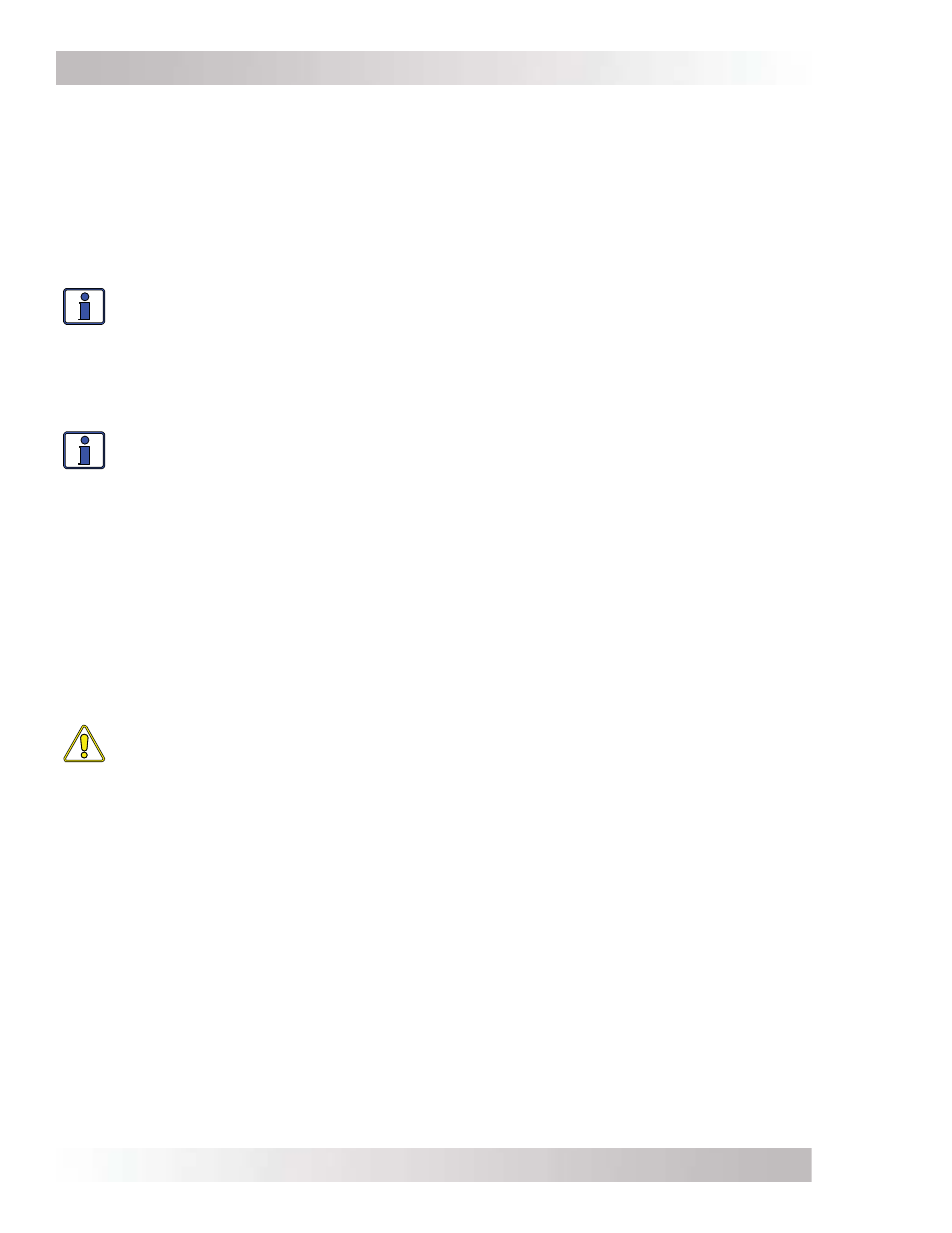Magnum Energy MS-AEJ Series User Manual
Page 14

© 2007 Magnum Energy Inc
Page 8
2.1.3 Locating the Inverter
Only install the inverter in a location that meets the following requirements:
Clean and Dry - The inverter should not be installed in an area that allows dust, fumes, insects or
rodents to enter or block the inverter’s ventilation openings. This area also must be free from any
risk of condensation, water or any other liquid that can enter or fall on the inverter. The inverter
uses stainless steel fasteners, plated copper buss-bars, a power-coated aluminum base and the
internal circuit boards are conformal coated all done to help fi ght the harmful effects of corrosive
environments. However, the life of the inverter is uncertain if used in these type of environments,
and inverter failure under these conditions is not covered under warranty.
Info: If the inverter is installed in an area where moisture may occur, we recommend
putting silicone dielectric grease compound into the electrical ports (items 3 - 6 as shown
in fi gure 1-1).
Before installing the accessory cables or if leaving any ports open, squirt
a liberal amount into each port. Silicone dielectric compound makes an
effective moisture
and corrosive barrier to help protect and prevent corrosion to the RJ11 connections.
Cool - The inverter should be protected from direct sun exposure or equipment that produces
extreme heat.
Info: The ambient temperature around the inverter must not exceed 77°F (25°C) to meet
power specifi cations.
Ventilation - In order for the inverter to provide full output power and avoid overtemperature
fault conditions; do not cover or block the inverters ventilation openings or install this inverter
in an area with limited airfl ow. The inverter uses two internal fans to provide forced air cooling,
these fans pull in air through the intake vents (see item 9 in fi gure 1-2) and blow out air through
the exhaust vents (see item 13 in fi gure 1-3). Allow at the minimum, an airspace clearance of 6”
at the intake and exhaust vents and 3” everywhere else to provide adequate ventilation.
If the inverter is installed in an enclosure, a fresh air intake opening must be provided directly to
the front side (intake vents) of the inverter and an exhaust opening on the back side (exhaust
vents) of the inverter. This will allow cool air from the outside to fl ow into the inverter and heated
air to exit from the inverter and out of the enclosure. When mounted in an enclosed compart-
ment, airfl ow must be at least 100 cfm in order to maintain no more than a 68°F (20°C) rise in
compartment temperature.
CAUTION: Do not mount this inverter in a zero clearance compartment. Do not cover
or obstruct the ventilation openings - overheating may result.
Safe - Keep any fl ammable/combustible material (i.e. paper, cloth, plastic, etc.) that may be
ignited by heat, sparks or fl ames at a minimum distance of 2 feet away from the inverter. Do not
install this inverter in any area that contains extremely fl ammable liquids like gasoline or propane,
or in locations that require ignition-protected devices.
Close to the battery bank - As with any inverter, it should be located as close to the batteries as
possible. Long DC wires tend to loose effi ciency and reduce the overall performance of an inverter.
However, the unit should not be installed in the same compartment as the batteries or mounted
where it will be exposed to gases produced by the batteries. These gases are corrosive and will
damage the inverter; also if these gases are not ventilated and if allowed to collect, they could ignite
and cause an explosion. The absolute maximum recommended battery cable length is 15 feet.
Accessible - Do not block access to the inverter’s remote control and accessory ports as well
as the inverter’s controls and status indicator. Also allow enough room to access the AC and DC
wiring terminals and connections, as they will need to be checked and tighten periodically. See
fi gure 2-3 for the MS-AE Series inverter/charger dimensions.
Away from sensitive electronic equipment - High powered inverters can generate levels of RFI
(Radio Frequency Interference). Locate any electronic equipment susceptible to radio frequency
and electromagnetic interference as far away from the inverter as possible.
Installation
